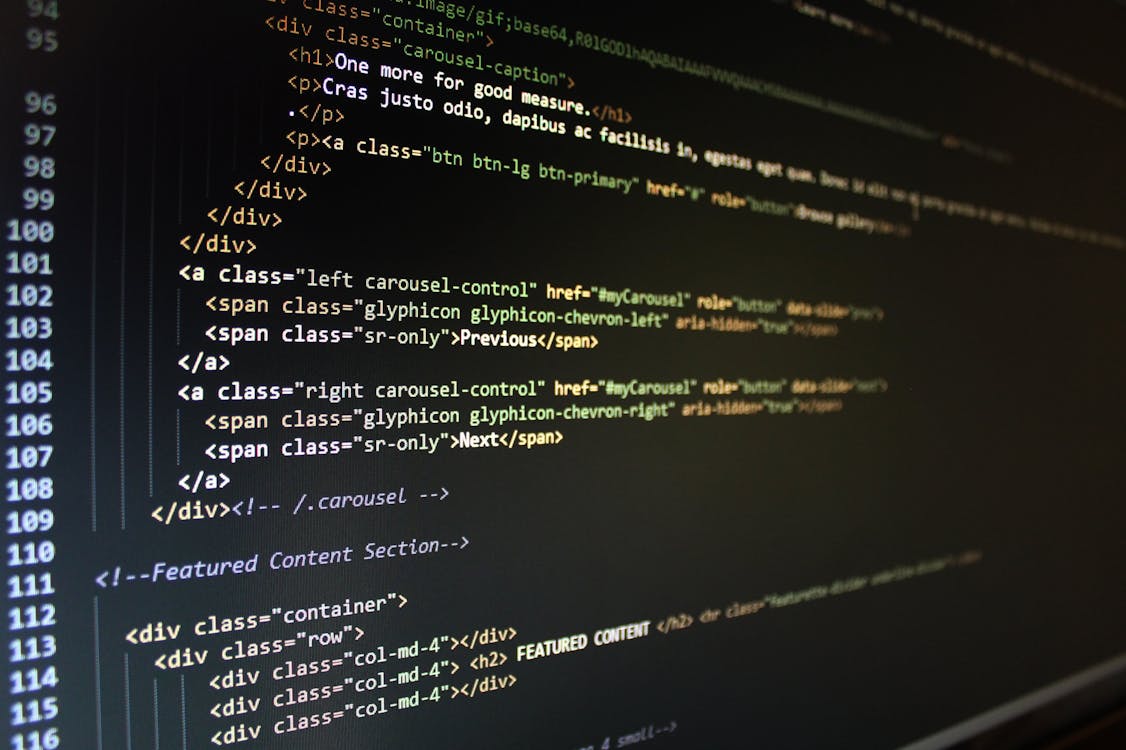Understanding Automated Trading: What You Need To Know
Author: ChatGPT
April 02, 2023
Introduction
Automated trading, also known as algorithmic trading, is a form of trading that uses computer algorithms to execute trades automatically. It is a type of trading that has become increasingly popular in recent years due to its ability to reduce the amount of time and effort required to make trades. In this blog post, we will discuss what automated trading is, how it works, and the advantages and disadvantages associated with it.
What Is Automated Trading?
Automated trading is a form of trading that uses computer algorithms to execute trades automatically. This type of trading eliminates the need for manual intervention by traders and allows them to take advantage of market opportunities without having to constantly monitor the markets. Automated trading systems are programmed with specific rules and parameters that determine when and how trades should be executed. These systems can be programmed with different strategies such as trend following, scalping, or arbitrage.
How Does Automated Trading Work?
Automated trading works by using computer algorithms to analyze market data and identify potential opportunities for profitable trades. The algorithms are programmed with specific rules and parameters that determine when and how trades should be executed. Once these rules have been set up, the system will automatically execute trades based on these parameters without any manual intervention from the trader.
The most common type of automated trading system is known as a “black box” system. This type of system uses complex algorithms to analyze market data in order to identify potential opportunities for profitable trades. The system then executes these trades automatically without any manual intervention from the trader.

Advantages & Disadvantages Of Automated Trading
Automated trading has several advantages over manual trading including increased speed, accuracy, and efficiency. Automated systems can also help traders reduce their risk by limiting their exposure to certain markets or strategies while still allowing them to take advantage of potential opportunities for profit. Additionally, automated systems can help traders save time by eliminating the need for constant monitoring of the markets which can be time consuming and tedious for manual traders.
However, there are also some disadvantages associated with automated trading such as increased costs due to software fees or commissions charged by brokers for using their platforms; increased risk due to lack of human oversight; and potential losses due to errors in programming or incorrect data input into the system which could lead to incorrect trade execution or missed opportunities for profit. Additionally, automated systems may not always be able to keep up with rapidly changing market conditions which could lead to missed opportunities or losses if not monitored closely enough by a human trader.

Conclusion
In conclusion, automated trading is a form of trading that uses computer algorithms to execute trades automatically without any manual intervention from traders. It has several advantages over manual trading including increased speed, accuracy, efficiency, reduced risk exposure, and cost savings but there are also some disadvantages associated with it such as increased costs due software fees or commissions charged by brokers; increased risk due lack of human oversight; potential losses due errors in programming; and inability keep up with rapidly changing market conditions which could lead missed opportunities or losses if not monitored closely enough by a human trader . I highly recommend exploring these related articles, which will provide valuable insights and help you gain a more comprehensive understanding of the subject matter.:www.cscourses.dev/do-automated-trading-systems-work.html, www.cscourses.dev/algorithmic-trading-vs-machine-learning.html, www.cscourses.dev/best-automated-portfolio-manager.html

